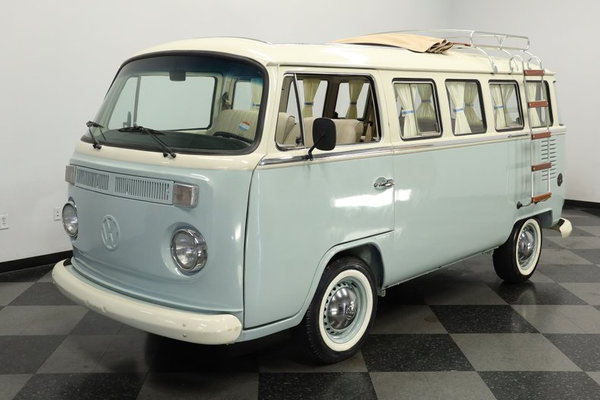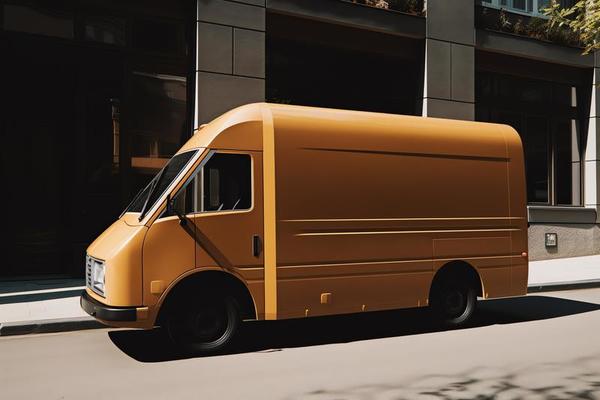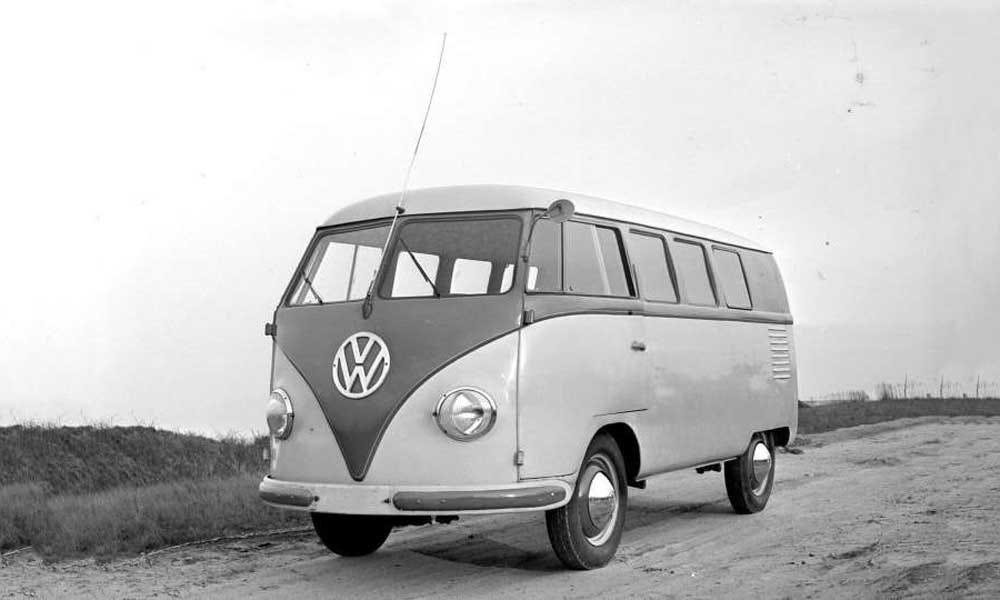The classic VW van, also known as the Volkswagen Type 2 or the Transporter, has become an iconic symbol of the hippie culture and the counterculture movement of the 1960s. But the van’s history and evolution go back much further than that.
Early Years: 1949-1967
The first VW van was introduced in 1949, just a few years after the Volkswagen Beetle. The van, like the Beetle, was designed by Ferdinand Porsche and was intended to be a versatile and affordable vehicle for the masses. The Type 2 was initially offered as a panel van, a passenger van, and a pickup truck.
One of the most distinctive features of the early VW vans was the split windshield, which earned them the nickname “Splitties”. These early vans were powered by air-cooled engines that ranged from 1.1 to 1.6 liters in displacement. They were known for their durability and reliability, and they quickly gained a reputation as workhorses.
Over the years, the VW van underwent several changes and upgrades. The split windshield was replaced by a single piece of glass in 1964, and the engine was upgraded to produce more power and torque. By 1967, the VW van had become a cult favorite among surfers, hippies, and adventurers.
The Bay Window Era: 1968-1979

In 1968, the VW van underwent a major redesign that replaced the split windshield with a larger, curved piece of glass. This new design was known as the Bay Window, and it became the most popular version of the VW van.
The Bay Window era saw several other changes to the VW van as well. The engine was upgraded again, this time to a 1.7-liter or 2.0-liter flat-four engine. The van also received several safety upgrades, including a collapsible steering column and improved brakes.
During the Bay Window era, the VW van became even more popular with the counterculture movement. It was seen as a symbol of freedom, adventure, and nonconformity. Many people converted their vans into makeshift homes, complete with beds, kitchens, and even toilets.
The Vanagon Years: 1980-1991
In 1980, the VW van underwent another major redesign. This time, the van was given a more modern look, with square headlights, a larger grille, and a more aerodynamic shape. This new design was known as the Vanagon, and it was offered in several different configurations, including a camper van with a pop-up roof.
The Vanagon era saw several other changes to the VW van as well. The engine was upgraded again, this time to a water-cooled flat-four engine that ranged from 1.6 to 2.1 liters in displacement. The van also received several other upgrades, such as power steering, power brakes, and air conditioning.
Despite these upgrades, the Vanagon era was marked by several challenges for the VW van. The rising cost of production and competition from other manufacturers made it difficult for VW to keep up with demand. In 1991, production of the VW van was discontinued in North America.
The Modern Era: 1992-Present

Although the VW van is no longer produced in North America, it still has a devoted following around the world. In Europe, the van is still in production and is known as the VW Transporter or the T-series. These modern vans feature updated engines, improved safety features, and a wide range of configurations to suit different needs.
The VW van has also become a popular choice for collectors and enthusiasts. Vintage VW vans in good condition can fetch high prices at auctions and car shows. Many people enjoy restoring these classic vans to their original condition or customizing them to suit their own preferences.
The classic VW van has come a long way since its introduction in 1949. Over the years, it has undergone several changes and upgrades, but it has always remained true to its roots as a versatile and affordable vehicle for the masses. Today, the VW van is still a beloved icon of the counterculture movement, and it continues to inspire adventure, freedom, and nonconformity.

